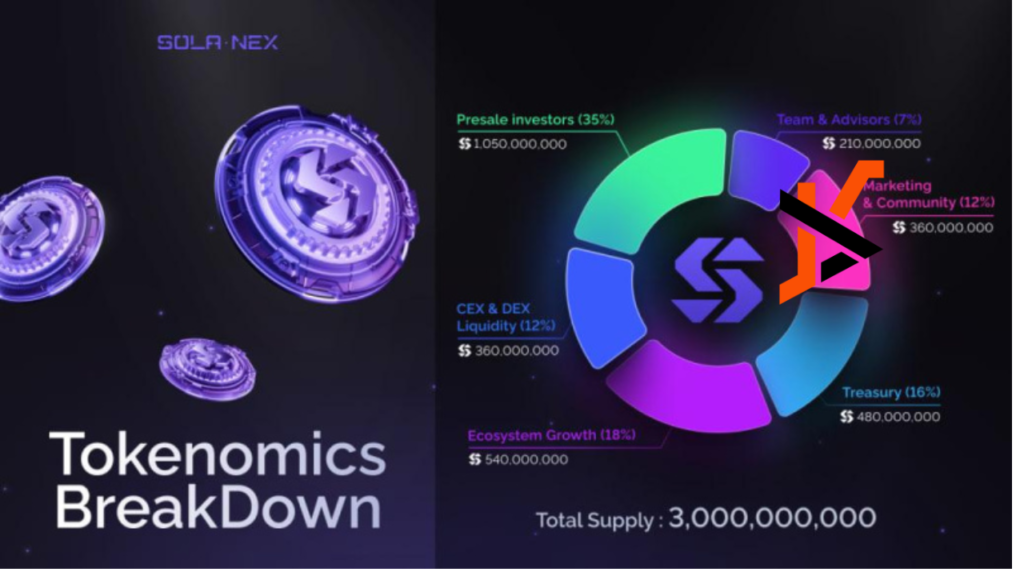New innovations in decentralized finance promise to tackle one of the industry’s biggest pain points, creating opportunities for traders and liquidity providers alike.
London — The decentralized finance (DeFi) ecosystem has been a game-changer for financial markets, offering unprecedented access to liquidity, transparency, and control. However, as the industry matures, persistent challenges like market gaps and slippage have emerged as critical barriers to efficiency and profitability. Enter a new wave of algorithmic solutions designed to address these issues head-on, promising to reshape the future of trading in DeFi.
The Problem: Market Gaps and Slippage
Market gaps and slippage have long been the bane of traders and liquidity providers. Market gaps occur when there’s a significant disparity between the expected price of an asset and the price at which the trade is executed, often due to low liquidity or sudden market movements. Slippage, on the other hand, happens when the execution price of a trade differs from the intended price, leading to unexpected losses—especially in volatile markets.
These issues are particularly pronounced in decentralized exchanges (DEXs), where fragmented liquidity pools and reliance on automated market makers (AMMs) can exacerbate inefficiencies. For traders, this means higher costs and missed opportunities. For liquidity providers, it translates to reduced returns and increased risk.
The Solution: Next-Gen Algorithms
A new generation of algorithmic tools is emerging to tackle these challenges. By leveraging advanced machine learning, real-time data analysis, and optimized routing mechanisms, these solutions aim to minimize market gaps and slippage, creating a smoother and more efficient trading experience.
One such innovation is the introduction of dynamic liquidity routing, which intelligently routes trades across multiple liquidity pools to find the best possible price. Another breakthrough is the use of predictive analytics to anticipate market movements and adjust trading strategies in real-time, reducing the impact of volatility.
Why This Matters
The implications of these advancements are far-reaching. For traders, reduced slippage means more predictable outcomes and better returns. For liquidity providers, optimized routing and reduced market gaps translate to higher yields and lower risk. And for the DeFi ecosystem as a whole, these innovations could drive greater adoption by making decentralized trading more competitive with traditional finance.
The Bigger Picture: Market Gaps and Opportunities
While these technological advancements are promising, they also highlight the broader issue of market gaps in the DeFi space. As the industry continues to grow, identifying and addressing these gaps will be crucial for sustaining long-term growth and innovation.
What’s Next?
As the DeFi landscape evolves, the race is on to develop even more sophisticated solutions to market inefficiencies. With next-gen algorithms leading the charge, the future of decentralized finance looks brighter than ever—but only if the industry can continue to innovate and address its most pressing challenges.
The Road Ahead for DeFi Innovations
The rapid advancements in DeFi technology signal a transformative shift in how financial markets operate, but challenges remain. While algorithmic solutions are helping to minimize market gaps and slippage, scalability and regulatory compliance are emerging as key areas of focus. As decentralized exchanges grow in volume and complexity, ensuring that these new innovations remain efficient under heavy network loads will be critical.
Additionally, the regulatory landscape for DeFi is still evolving. Governments and financial institutions worldwide are paying closer attention to decentralized platforms, raising questions about compliance, security, and investor protection. Striking a balance between decentralization and regulatory acceptance will be essential for mainstream adoption.
Beyond trading, DeFi’s future could see broader applications, including algorithm-driven lending, yield optimization, and automated risk management. These innovations have the potential to further integrate DeFi into global financial markets, making decentralized trading more accessible and secure.
Ultimately, the success of these new solutions will depend on continuous development, user adoption, and industry-wide collaboration. As the ecosystem matures, the potential for DeFi to rival traditional finance grows stronger, setting the stage for a more efficient, transparent, and inclusive financial future.
For more insights into how these technologies are transforming the DeFi space, stay tuned to TECH K TIMES.

